12 Easy Tips for Growing Gorgeous Container Roses
Growing roses in containers can be a rewarding way to enjoy beautiful blooms in small spaces. With the right care and attention, you can create a thriving rose garden right on your patio or balcony. By following a few simple tips, you can ensure your container roses stay healthy, produce abundant flowers, and last for years to come. Whether you’re a beginner or an experienced gardener, these practical strategies will help you achieve stunning results with minimal effort.
This post may contain affiliate links, which helps keep this content free. Please read our disclosure for more info.
Choose the Right Container
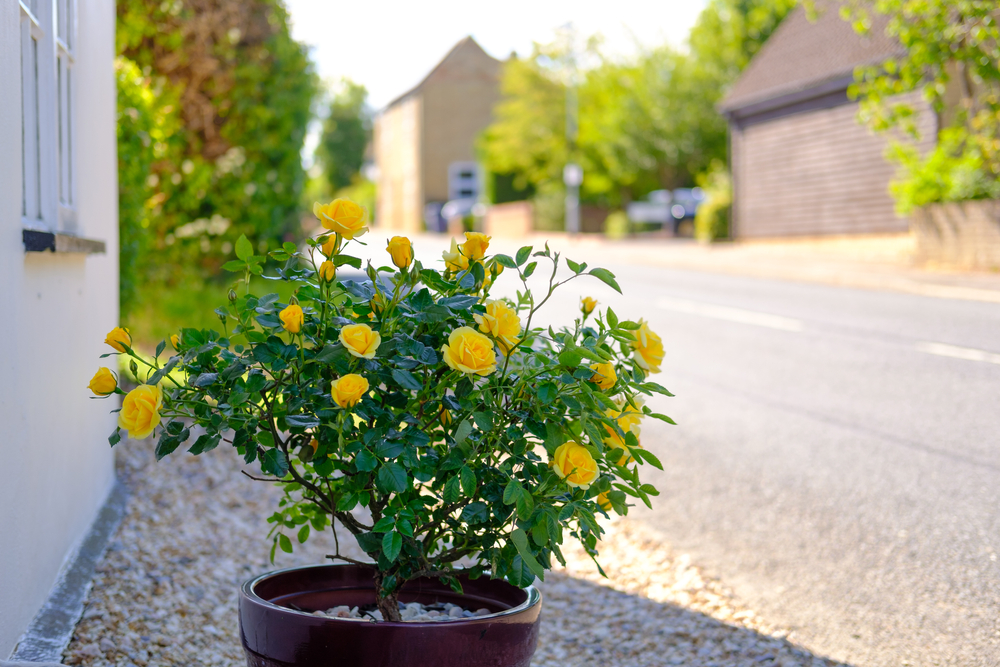
Choosing the right container is the first step to success when growing container roses. The container should be large enough to accommodate the rose’s root system, allowing for free root expansion. A pot that is 18 to 24 inches in diameter and 18 inches deep will typically provide enough space for the rose to grow well. This allows the plant to establish a strong root structure, which is crucial for healthy growth and blooming.
Additionally, the container must have proper drainage holes. Roses in containers are susceptible to root rot if the water cannot drain out properly. Using a pot with drainage ensures that the roots do not sit in excess water, keeping the plant healthy and vibrant.
Pick the Right Rose Variety
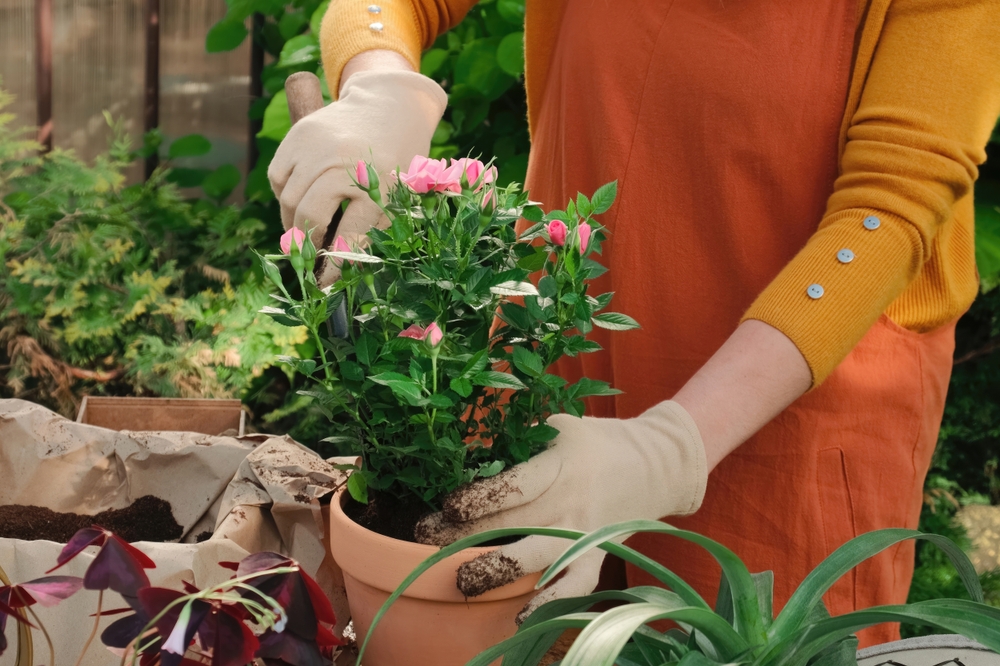
Not all roses are suitable for growing in containers. To ensure success, choose compact or miniature rose varieties that thrive in confined spaces. Varieties like “Knock Out,” “Miniature Roses,” or “Floribundas” are excellent choices because they grow well in smaller pots and are known for their prolific blooms. These roses are also easier to manage in terms of pruning and maintenance.
When selecting your rose variety, consider the climate you are in. Some roses, like hybrid teas, may require more space and are better suited to garden beds, while others are more adaptable to containers. Additionally, pay attention to the rose’s sunlight needs to ensure it thrives in the conditions of your garden or patio.
Use High-Quality Potting Soil
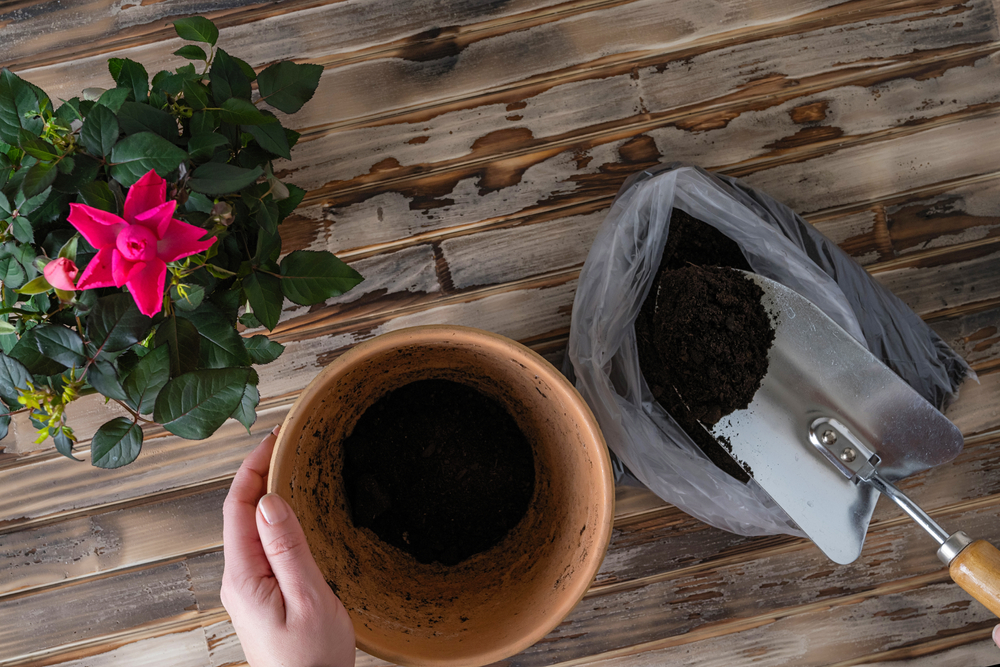
Using the right type of potting soil is crucial for growing healthy container roses. A high-quality mix designed for roses or flowering plants contains organic materials like peat moss, compost, and perlite, which help provide the necessary nutrients while promoting good drainage. These soils allow water to pass through without becoming compacted, ensuring that the roots receive adequate oxygen.
Avoid using regular garden soil, as it can become dense and retain too much moisture, which can lead to root rot. A well-draining, lightweight mix allows the rose’s roots to grow and spread, promoting robust growth and vibrant blooms.
Ensure Proper Drainage
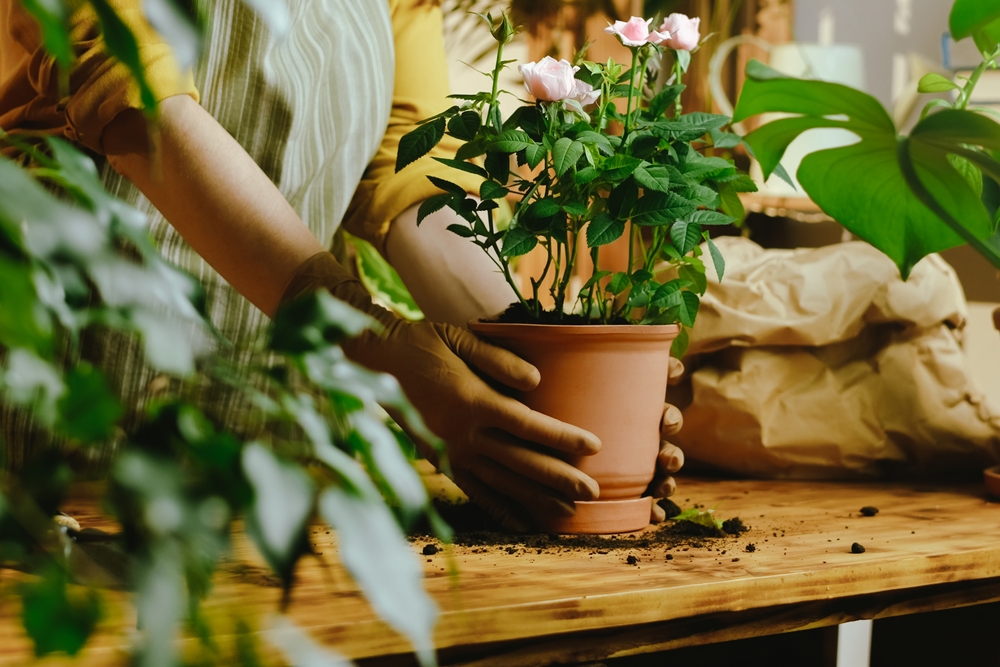
Good drainage is vital for the health of container roses. Without it, water can accumulate at the bottom of the pot, drowning the roots and causing rot. To ensure the best drainage, use pots with multiple drainage holes and add a layer of gravel or small stones at the bottom of the container before filling it with soil. This extra step helps water flow freely through the pot, preventing waterlogged roots.
Regularly check the drainage holes to make sure they are not blocked by soil or roots. If water does not drain easily, it could indicate that the soil is too compacted or the drainage holes are clogged, which could stress the plant and lead to health problems.
Water Regularly
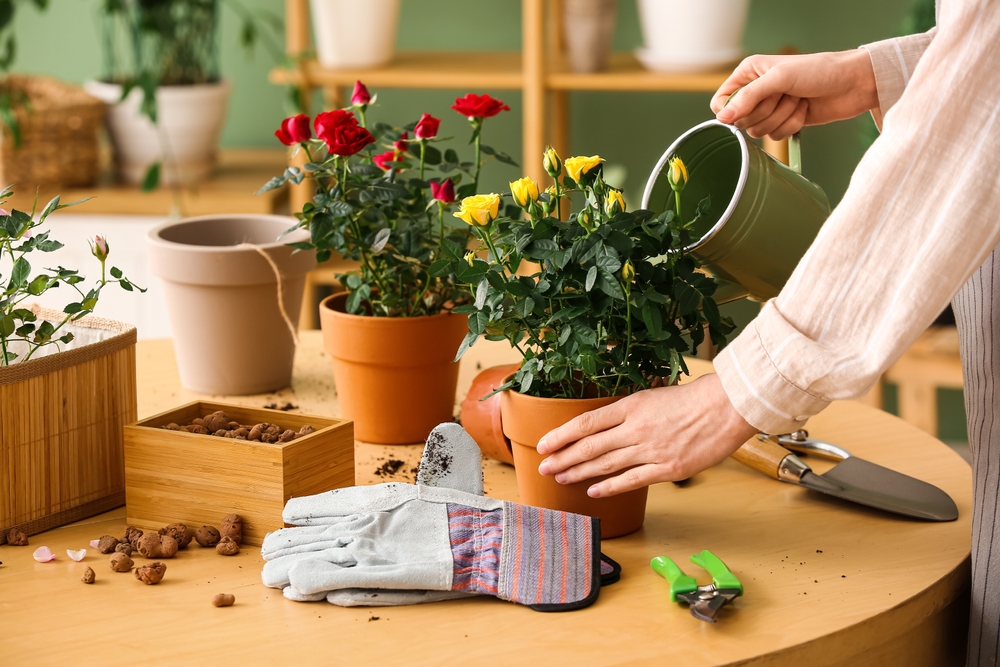
Watering is an essential aspect of growing container roses. Roses in containers tend to dry out faster than those planted in the ground, so they need regular watering. Water thoroughly, ensuring that the water reaches the entire root ball and drains out the bottom of the container. This encourages the roots to grow deep and spread, helping the plant establish a strong foundation.
However, avoid overwatering. While roses need consistent moisture, standing water can suffocate the roots and lead to rot. It’s important to check the soil’s moisture regularly, and if it feels dry about 2 inches down, it’s time to water.
Fertilize Regularly
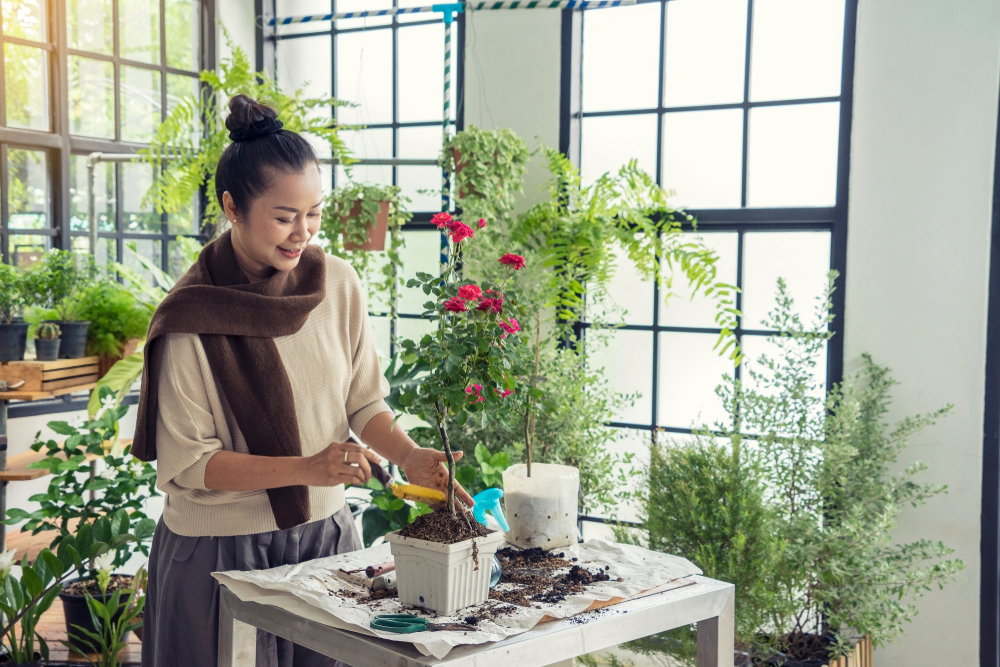
Fertilizing your roses regularly helps them stay strong and bloom abundantly. Since container roses have limited access to nutrients, it is essential to provide them with a balanced fertilizer that includes nitrogen, phosphorus, and potassium. A slow-release fertilizer works well as it provides nutrients over an extended period, reducing the need for frequent applications.
Feed your roses every 4 to 6 weeks during the growing season, typically from spring through early fall. Be careful not to over-fertilize, as this can lead to excessive leafy growth with few flowers. Always follow the manufacturer’s instructions when applying fertilizer.
Provide Adequate Sunlight
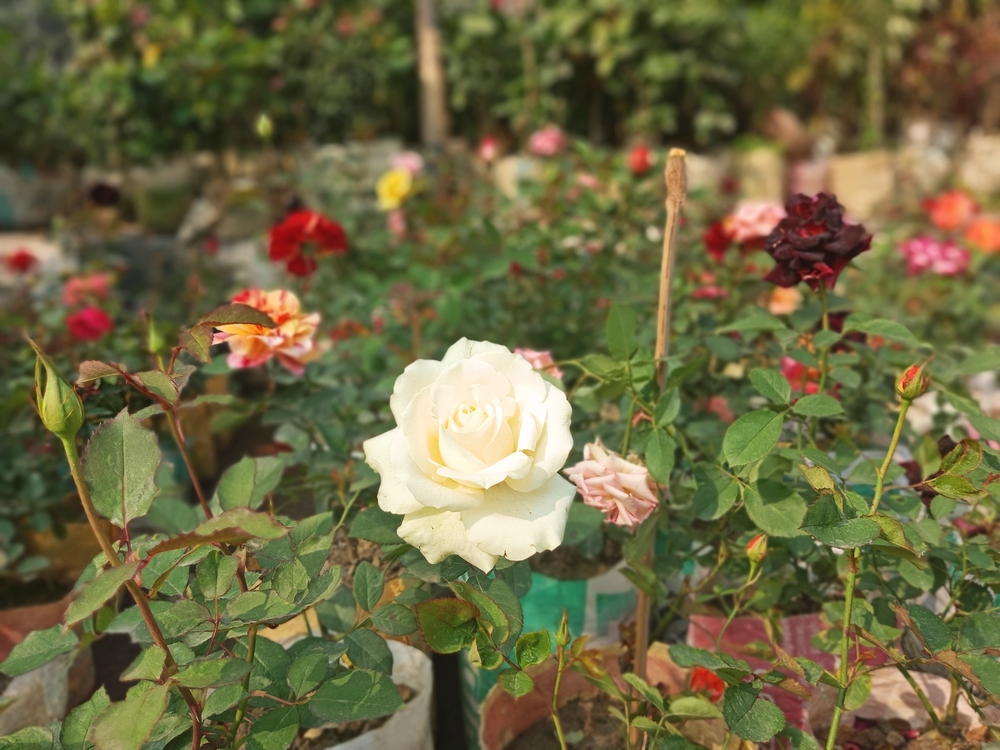
Roses require plenty of sunlight to thrive, and this is especially true for those grown in containers. For optimal growth and blooming, place your container roses in a spot where they will receive at least 6 hours of direct sunlight each day. The sunlight helps the plant produce energy, promoting strong stems and vibrant flowers.
If you live in a region with particularly hot summers, consider positioning your container roses so they receive morning sun and afternoon shade. This helps protect them from the intense heat that could scorch the leaves or dry out the soil too quickly.
Prune Regularly
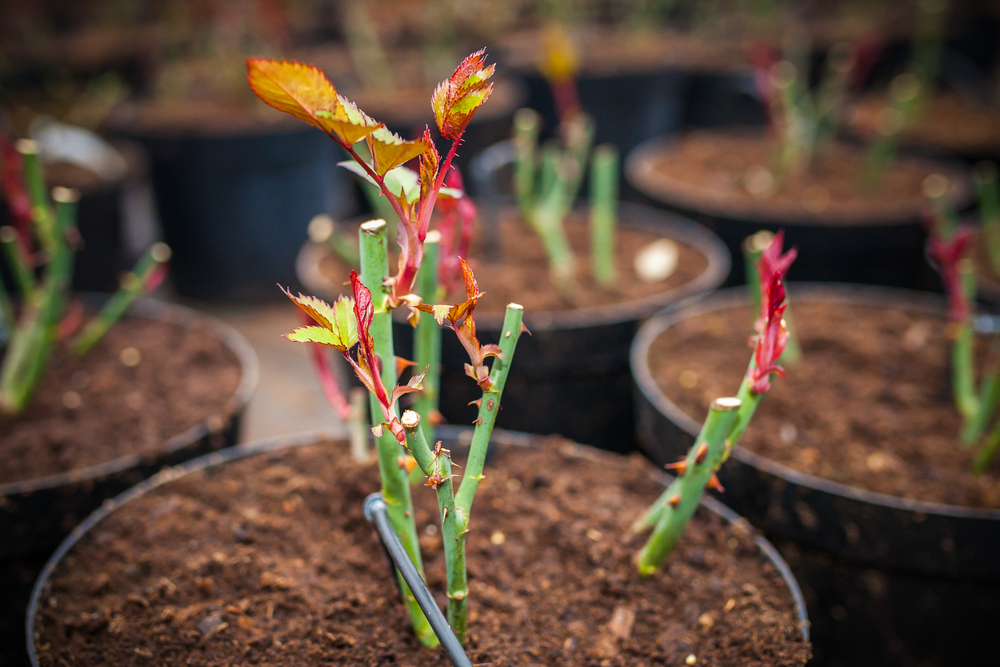
Pruning is essential for maintaining the shape of your container roses and encouraging new growth. Remove dead, damaged, or diseased branches, as well as spent flowers, to prevent disease and encourage the plant to focus its energy on new growth. Pruning also helps improve air circulation, which is important for reducing the risk of fungal diseases.
Prune your roses in the spring when new growth begins. For most rose varieties, cutting back about a third of the plant’s height is ideal, ensuring that the plant remains compact and healthy while promoting a larger number of blooms throughout the growing season.
Protect Roses from Extreme Weather
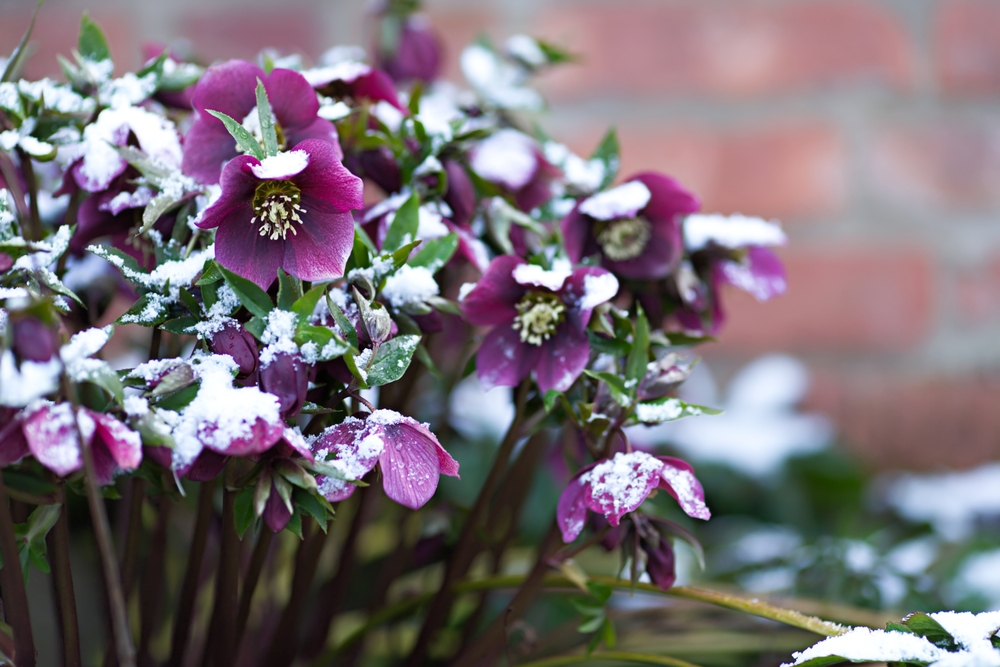
Roses in containers are more vulnerable to extreme weather than those planted in the ground. In the winter, the roots can freeze if exposed to freezing temperatures for too long, while summer heat can dry out the soil quickly. To protect your roses, move them to a sheltered location during the coldest months, such as near a wall or under a porch. In the summer, place containers in a spot where they get some afternoon shade to prevent the soil from drying out too quickly.
If you cannot move your pots, consider wrapping them in burlap or using a pot insulator to protect the roots from extreme temperatures. These simple measures can help keep your roses thriving year-round.
Repot When Necessary
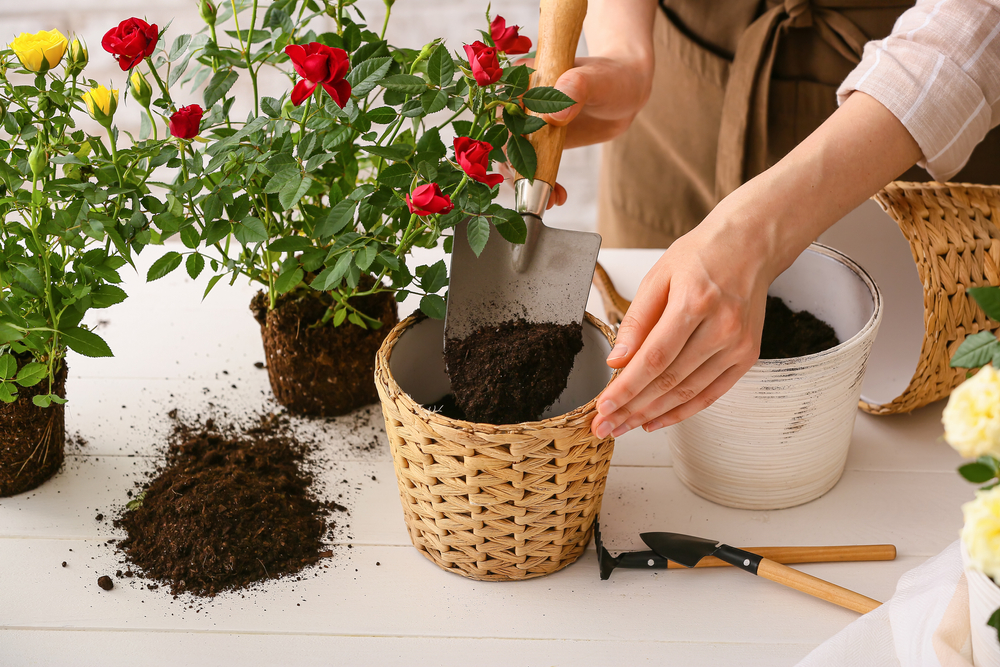
Over time, container roses can outgrow their pots, and their roots may become crowded. If your rose seems to be struggling or has become root-bound, it’s time to repot it. Choose a container that is 2-3 inches larger in diameter than the current one, and refresh the soil to provide a new source of nutrients for the plant.
Repotting every 2 to 3 years ensures that the rose has enough space to grow and develop properly. It also helps reduce the risk of disease, as the new soil will be free of harmful pathogens that may have built up in the old soil.
Mulch the Soil
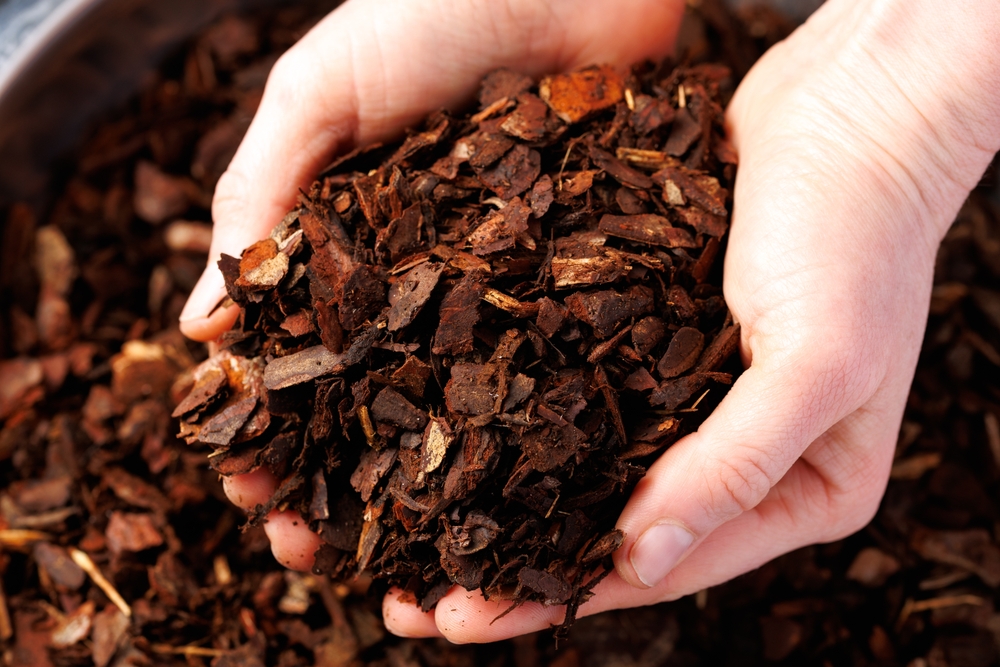
Mulching is a great way to help maintain moisture and protect your container roses from temperature extremes. Apply a 2-3 inch layer of organic mulch, such as wood chips or bark, around the base of the plant. This helps retain moisture, preventing the soil from drying out too quickly, and keeps the roots cool in the summer and warm in the winter.
Mulch also helps suppress weeds, reducing competition for nutrients. However, be sure to leave a gap between the mulch and the stem of the rose to avoid rot and ensure the plant’s health.
Control Pests and Diseases
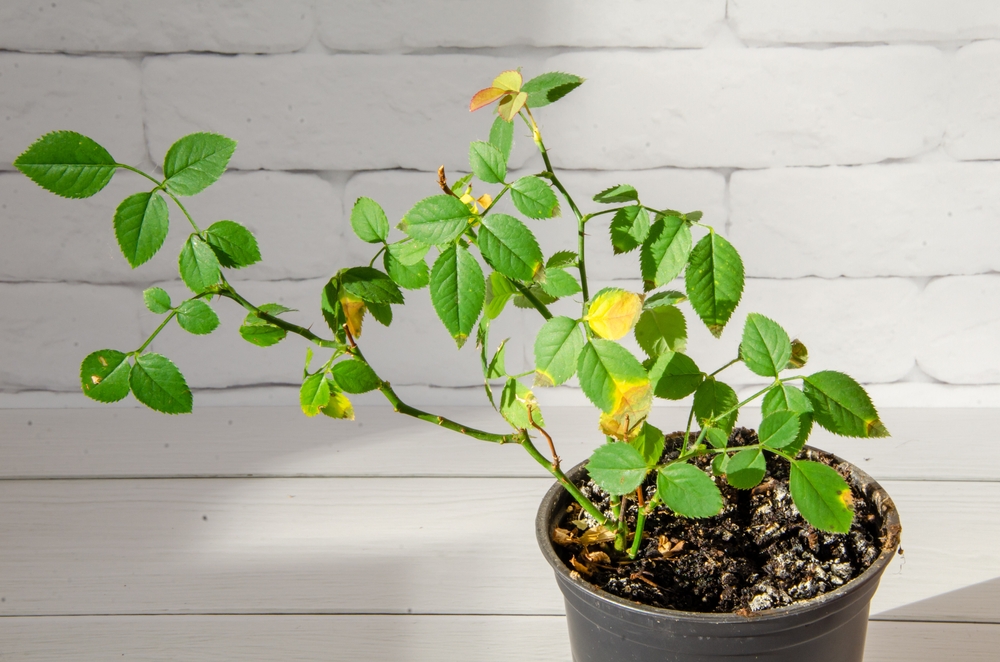
Roses are susceptible to a variety of pests and diseases, especially when grown in containers. Regularly inspect your plants for pests like aphids, spider mites, and scale insects. If you notice any, treat them with an insecticidal soap or neem oil, which are both safe and effective for roses.
Preventing disease is just as important. Make sure the roses are getting adequate air circulation, and avoid watering the leaves, as this can encourage fungal diseases like powdery mildew. By keeping a close eye on your plants, you can catch problems early and keep your roses healthy.
This article originally appeared on Avocadu.
